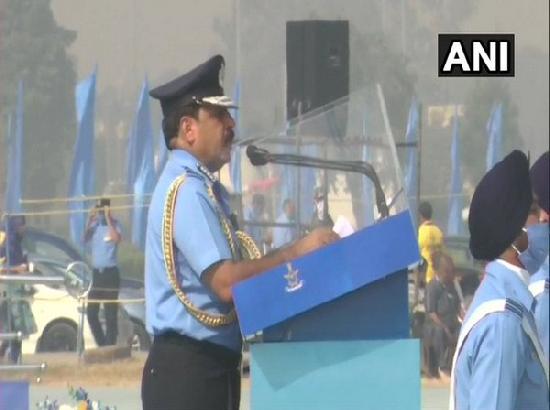
Col PS Randhawa (Retd)
She is not able to sleep. It has been five days since her son spoke to her for a brief two minutes. It was a long-distance call put through by the Army exchange operator. Before her instructions to her son could finish, the call was abruptly cut. It has been like that since he got deployed on the China border, since mid-June. The calls were erratic and brief, mostly at the mercy of the operator. Gone are the days when she could pour her heart out to her only son through mobile phone calls and give him all possible instructions, mostly aiming at his well-being, safety and security, eating timely and of course her favourite topic of making up his mind to get married.
The son, like a true fauji, does not talk about ‘what is happening there’. She tries to gather information from TV channels and social media but seeing the shoddy display of jingoism, war cries, and sabre-rattling by anchors shuts it off, cursing them that maybe none of their near and dear ones is in the Army and deployed on the border. Her husband advises her not to watch TV and not to believe what appears on Facebook and WhatsApp. Any news about ‘meeting’ on the border with the Chinese is keenly read, watched, and heard by her. ‘Their mothers must be equally worried,’ she muses about enemy troops.
She had been an Army wife and suffered long separations from her husband in the prime of her life. Those days there were no mobile phones and letters were the only means of communication. By the time a letter reached her husband and elicited a reply, a lot would get changed. Some minor problems could get mitigated or she could overcome single-handedly. In the absence of her husband, she miraculously played the double role of father and mother for her kids. Quite naturally, they did not want their son to join the Army and suffer long separations from his family. But fate decided otherwise. The son won’t listen and he followed in the footsteps of his father and forefathers; went to the IMA and joined his father’s battalion. Though proud of her son’s achievement, she cannot help being over-worried about his well-being. Her husband, at times, feels irritated and tells her that she wasn’t even half as much worried about him as she worries about her son. She tells him that he does not know about a mother’s heart.
Her son has given a civil number of his unit Adjutant, away from his location, to be used in exceptional cases. She insists on using that number but the old man is reluctant. He doesn’t want to ‘interfere’ in unit routine, and also does not want to sound ‘too worried’. ‘It is warlike,’ he tells her, ‘leave it to God. Everything will be fine.’ He assures her but she insists. Seeing her restlessness, he gives in. Almost apologetically, he calls the Adjutant and enquires about his son. The officer assures him all is well. Thanking him, he disconnects the call. Mother, having heard everything, is happy and thanks God. ‘I can now sleep peacefully,’ she says.



























































































































